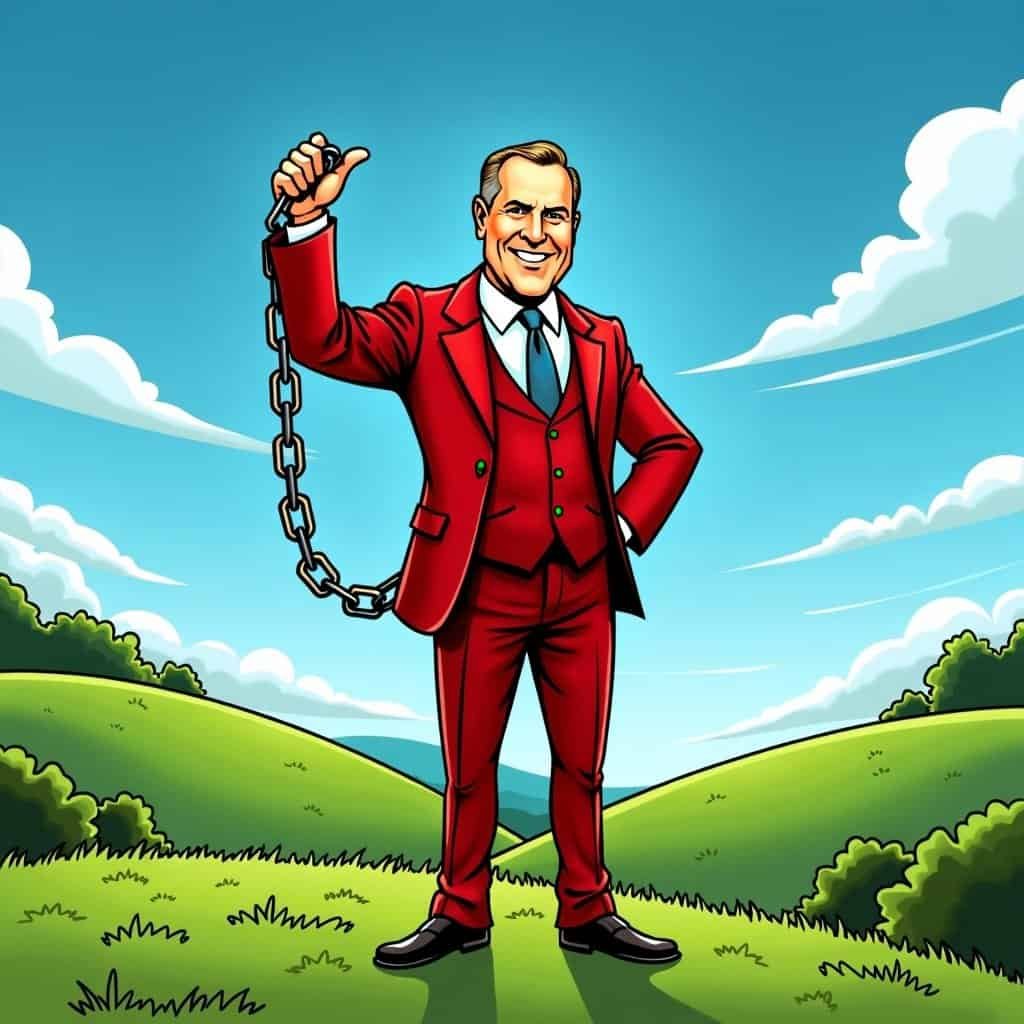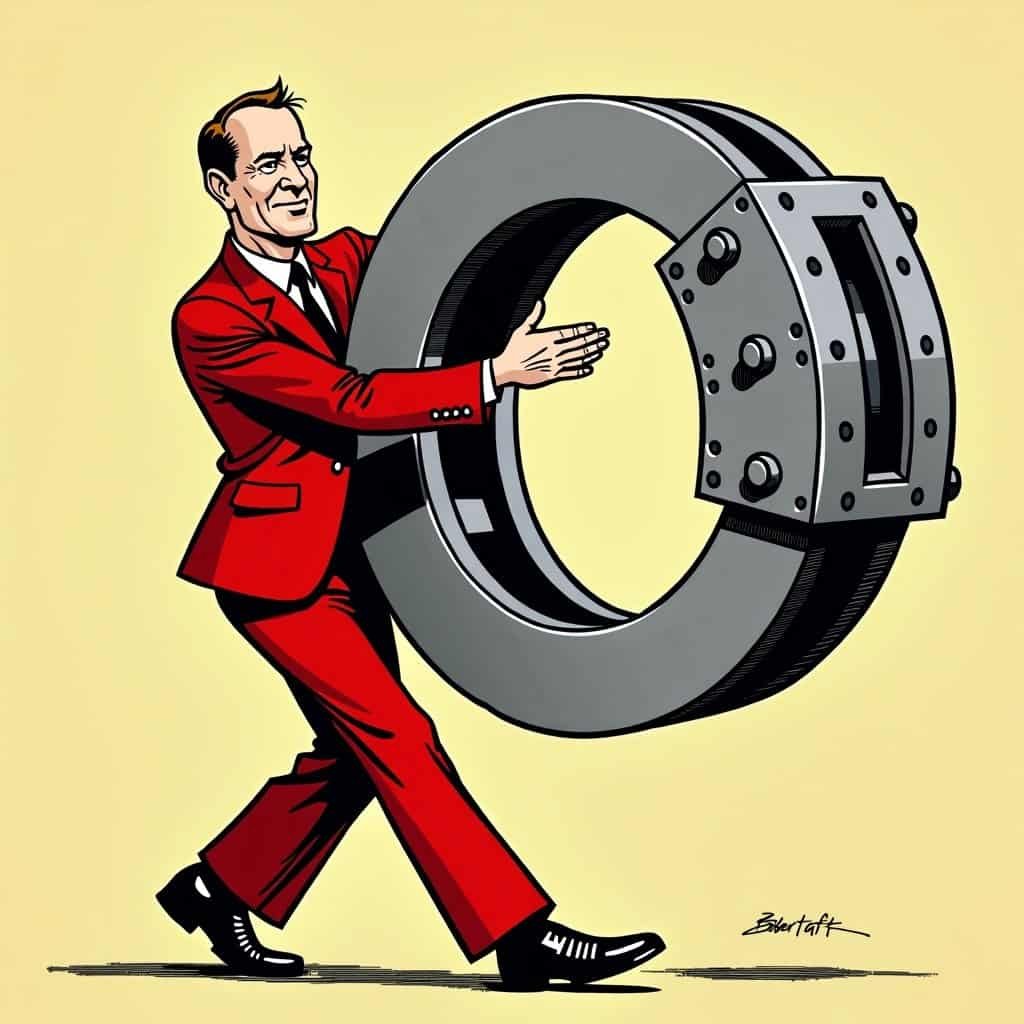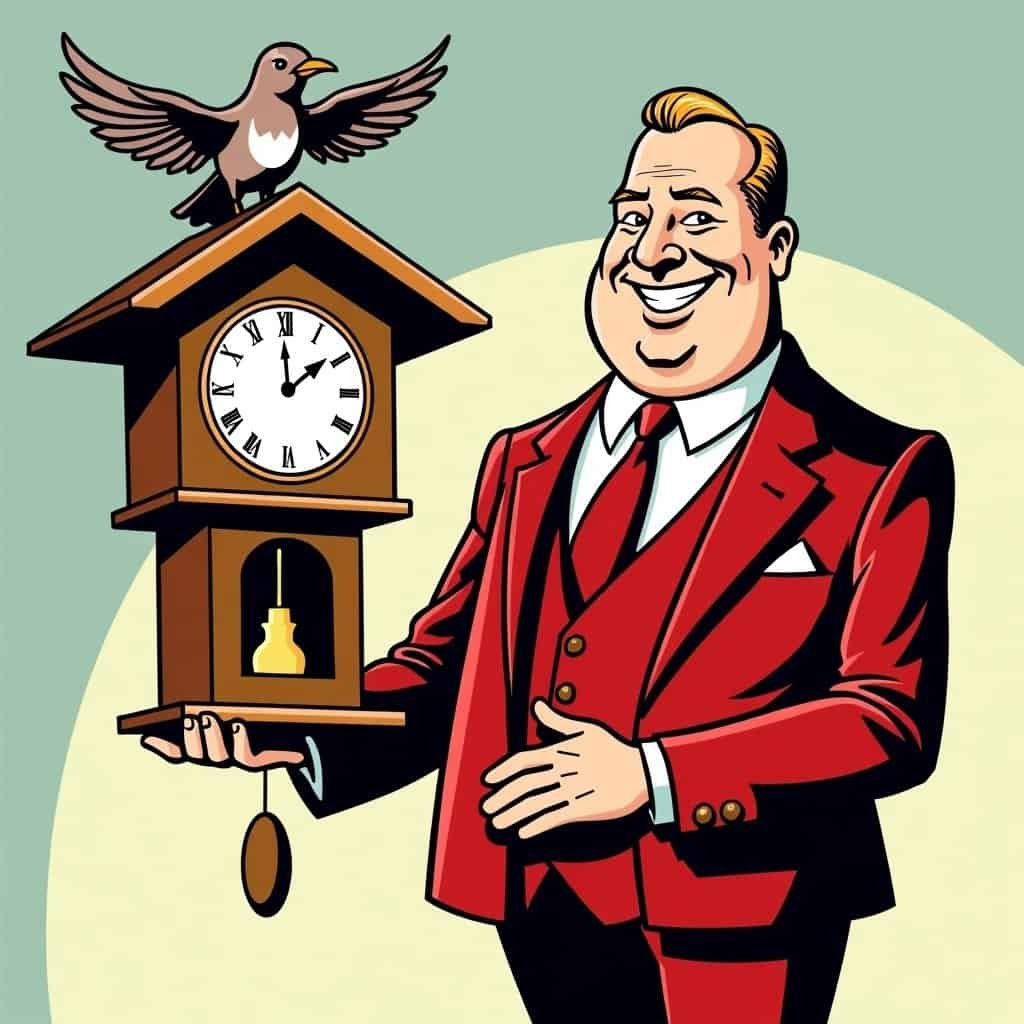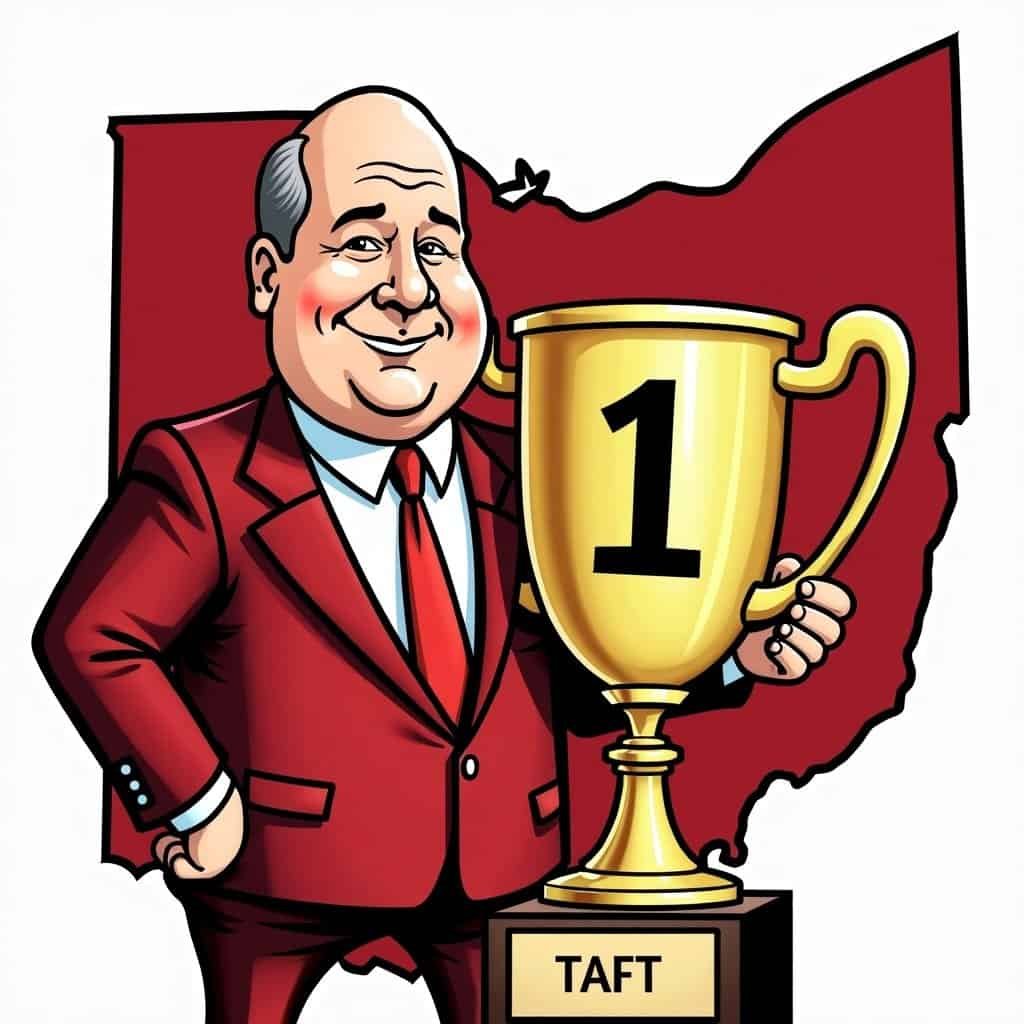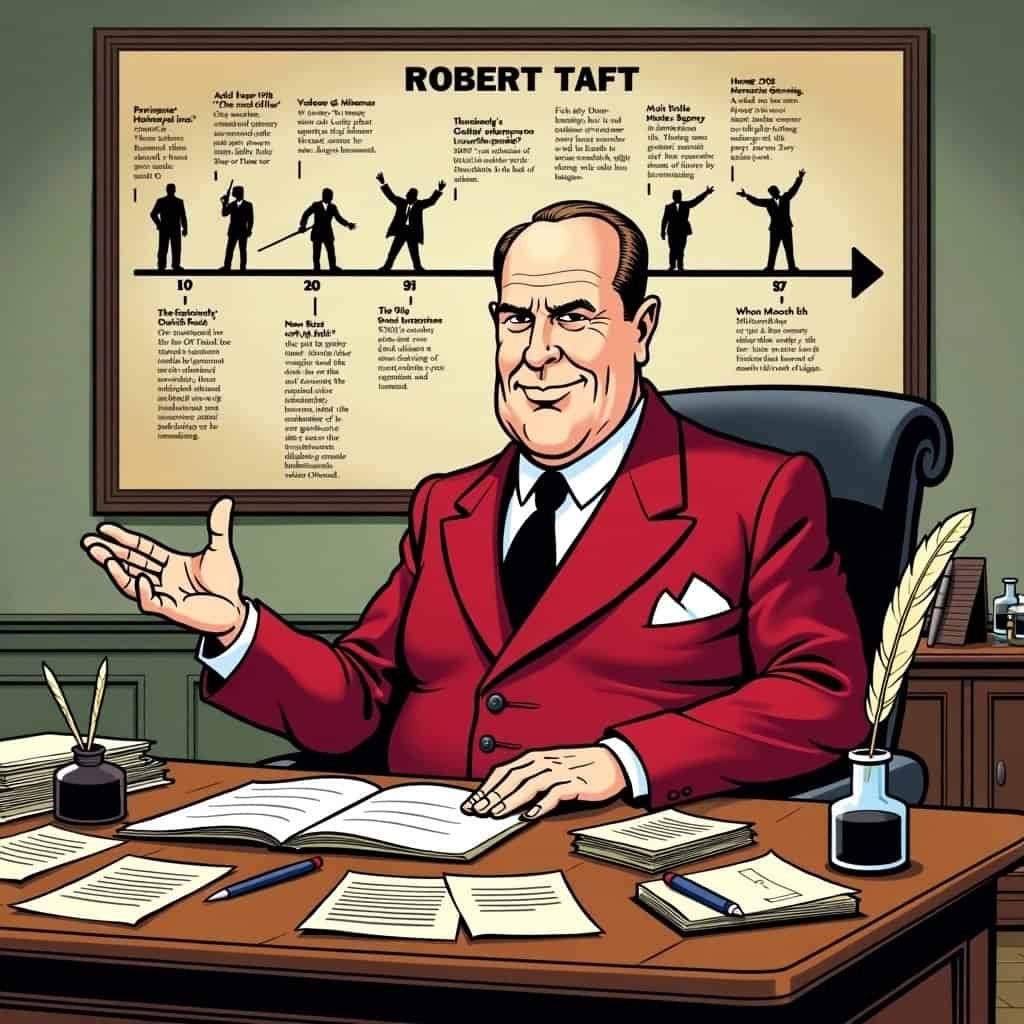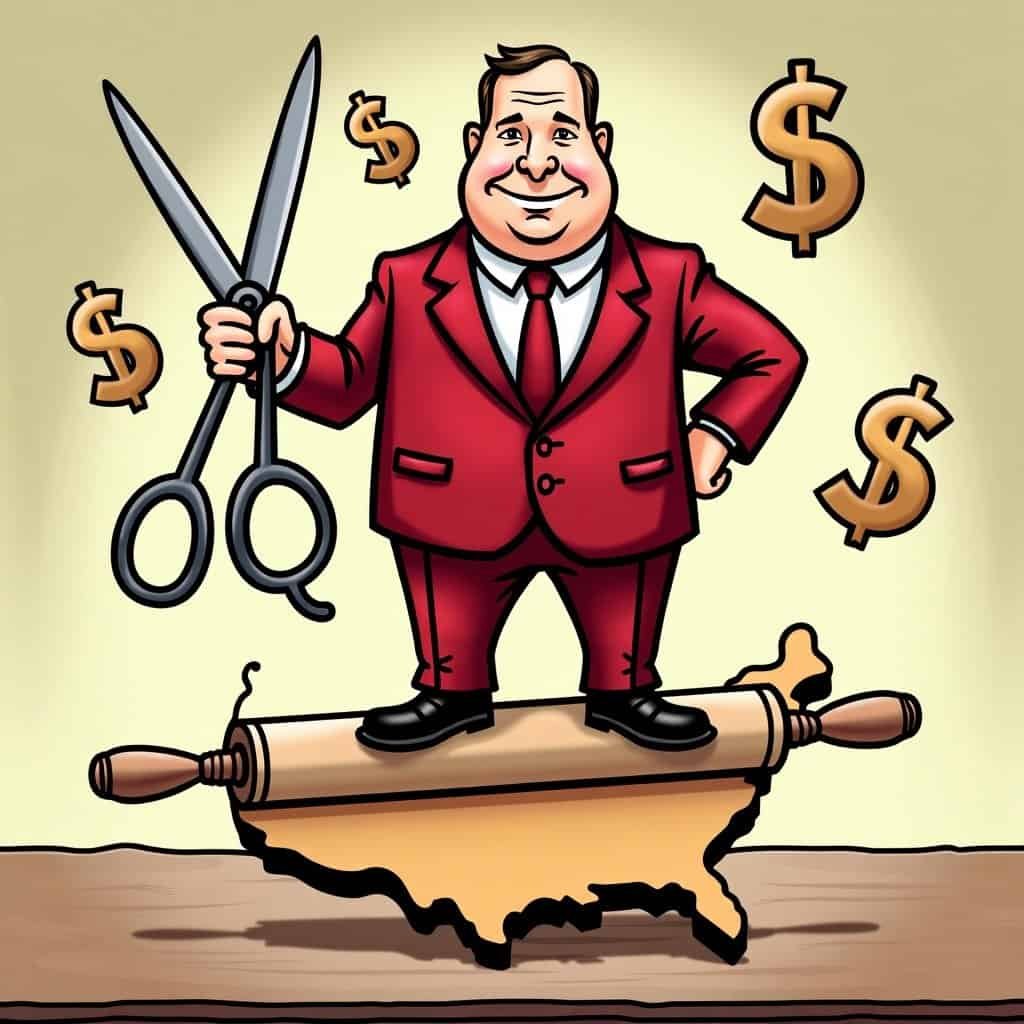Ah, the 1930s. A time when Hollywood flourished, jazz was all the rage, and the New Deal turned the federal government into everyone’s favorite fairy godmother. But let’s not forget the star of our story, the man who dared to shout “Nay!” while others eagerly jumped on the FDR bandwagon. Enter Robert Taft, the man who opposed the New Deal like a cat resists bath time.
Robert Taft wasn’t your average politician; he was the poster child of rugged Republican individualism. As the great-grandson of constitutional conservatism, his mission was to champion limited government and protect our wallets from being tangled up in red tape. Good old Bob, or “Mr. Republican” as he was lovingly dubbed, saw the New Deal for what it truly was: a nosy government scheme trying to micromanage every corner of economic life.
Taft’s Vision: Free Market Capitalism
Taft believed that the road to prosperity wasn’t paved with bureaucratic meddling but with the golden bricks of free market capitalism. Picture a world where the government kept its hands to itself. Where private innovation could thrive unchecked, and economic stability bubbled up like a fresh-brewed cup of conservative tea. Sounds pretty sweet, doesn’t it?
The New Deal, however, had other plans—namely, to sprinkle its fairy dust of federal intervention all over America’s economic landscape. Social programs, public works, regulations galore—the New Deal was like Oprah giving away cars, but with less excitement and more paperwork. “Government intervention,” Taft might have quipped, “is about as welcome as a skunk at a garden party.” And, boy, was he onto something!
Taft’s Free Market Principles
- ✓ Limited government intervention
- ✓ Lower taxes to boost economic growth
- ✓ Reduced regulations to encourage innovation
- ✓ Emphasis on personal responsibility
- ✓ Support for entrepreneurial spirit
At the heart of Taft’s opposition was an unwavering faith in the invisible hand of the market. His vision was clear: give citizens and businesses the freedom to pursue economic self-improvement, rather than depending on a mountain of government handouts that only increased dependency and squashed personal initiative. Taft argued that the New Deal’s approach would lead to slower economic growth and limited real wealth creation due to high taxes and too many rules. He saw economic freedom as the key to American prosperity.
He also worried that the New Deal’s love for wealth redistribution would put a damper on the American entrepreneurial spirit. The last thing the nation needed, according to Taft, was to copy a socialist playbook where government oversight killed creativity. Conservatives like Taft imagined a future where lower taxes and fewer regulations would create a self-sustaining cycle of prosperity, generating jobs and boosting wages across the board.
Taft’s Legacy: Shaping Conservative Thought
Fast-forward to today, and Taft’s ideas have left a lasting impression on conservative thinking. His critique of the New Deal serves as a constant reminder that bigger isn’t always better, especially when Uncle Sam is picking up the tab. The core of his opposition—limited government, free market principles, and promoting personal responsibility—continues to influence the Republican Party’s economic policies.
And let’s not forget the weird and wonderful nature of the American system: where one sees chaos, another sees a chance to paint a masterpiece of innovation on the canvas of capitalism. Just ask any inventor, entrepreneur, or small business owner how they feel about having the freedom to dream… and where there’s freedom, there’s usually a Robert Taft-type ready to defend it!
So the next time someone sings praises for the New Deal, spare a thought for old Taft. His resistance was more than just opposing a policy—it was a battle cry for economic liberty, as timeless as the sweet melody of freedom itself. Three cheers for Mr. Republican!
